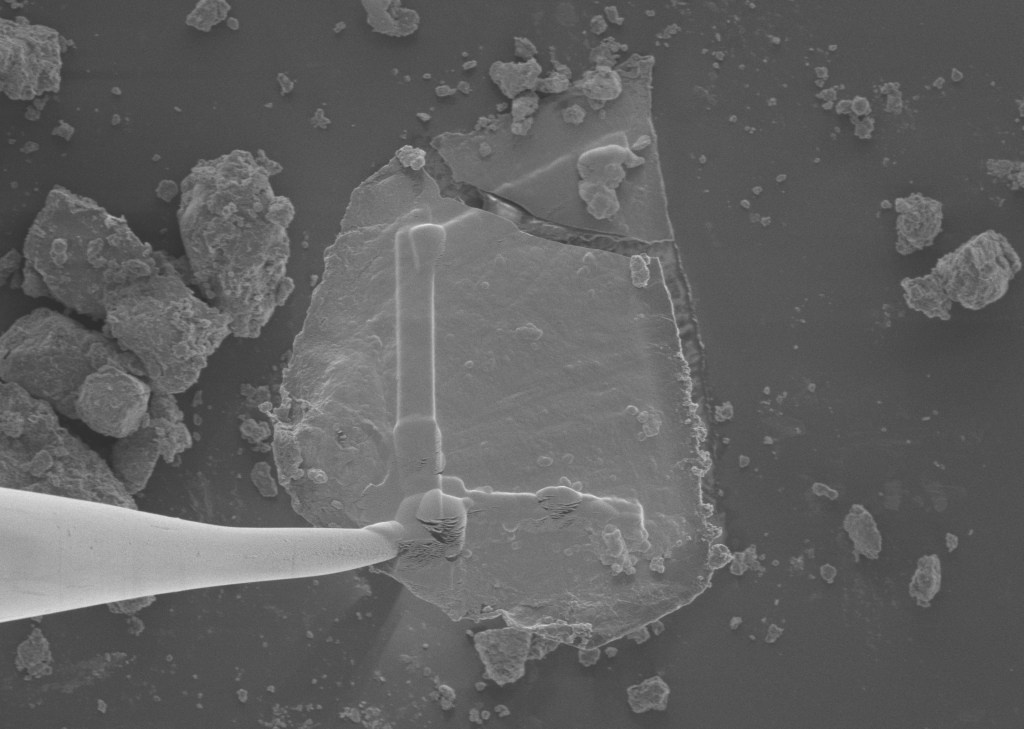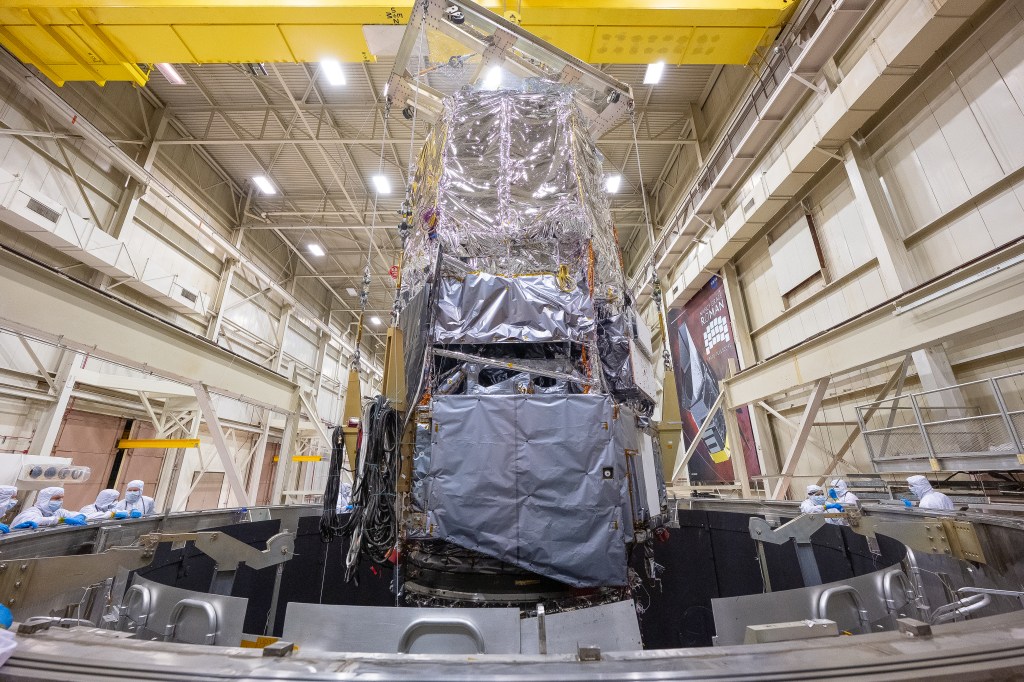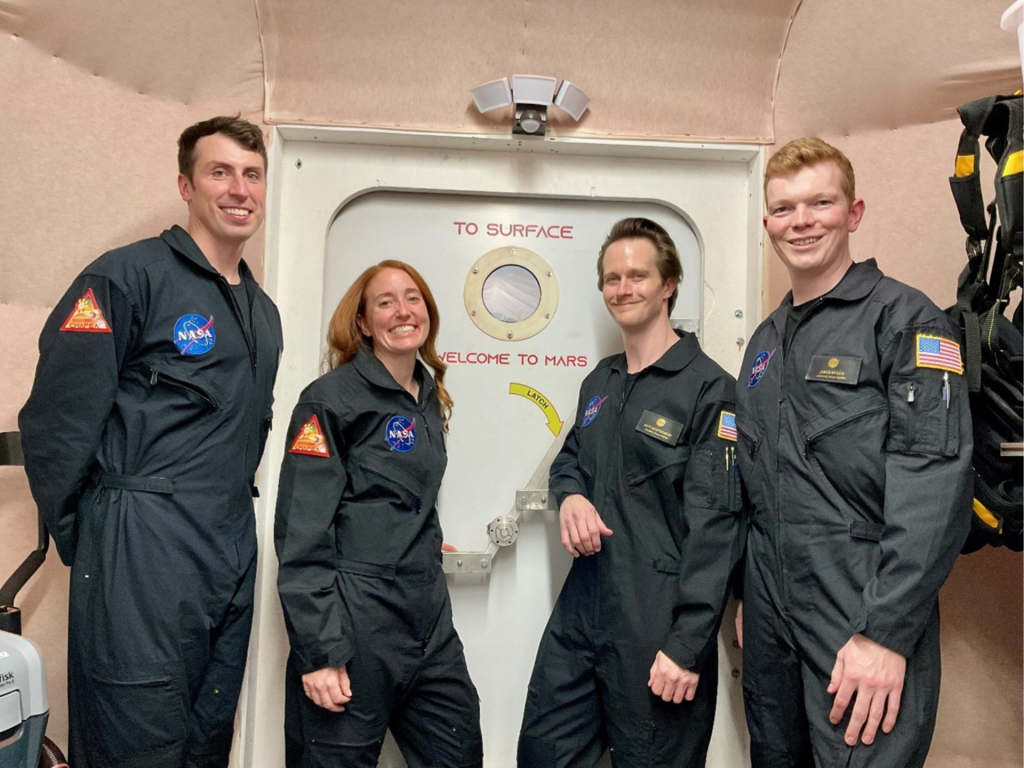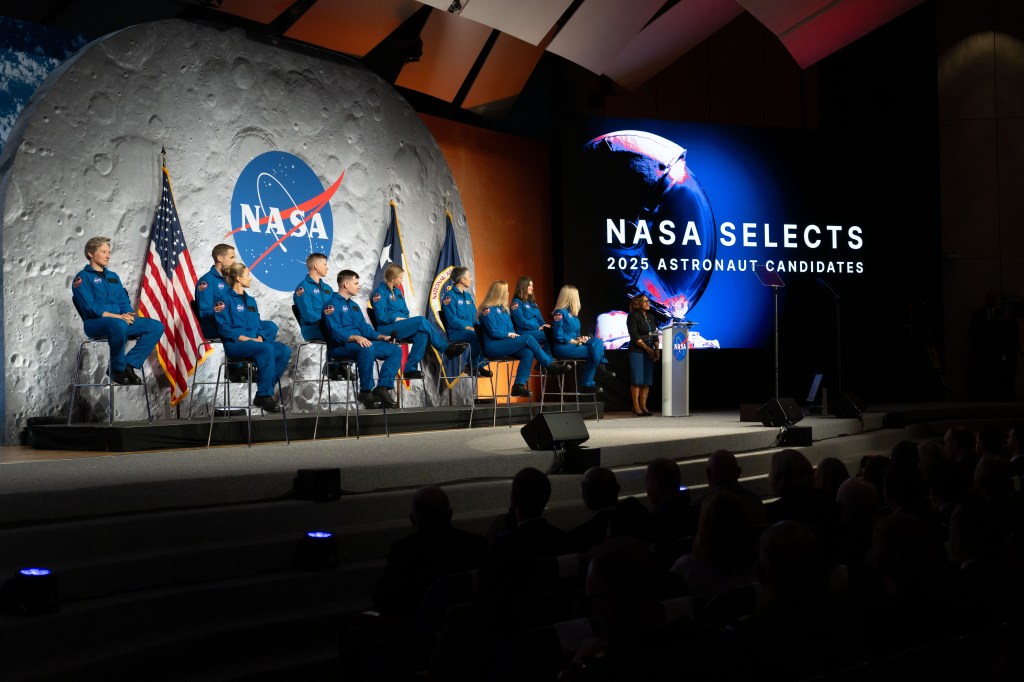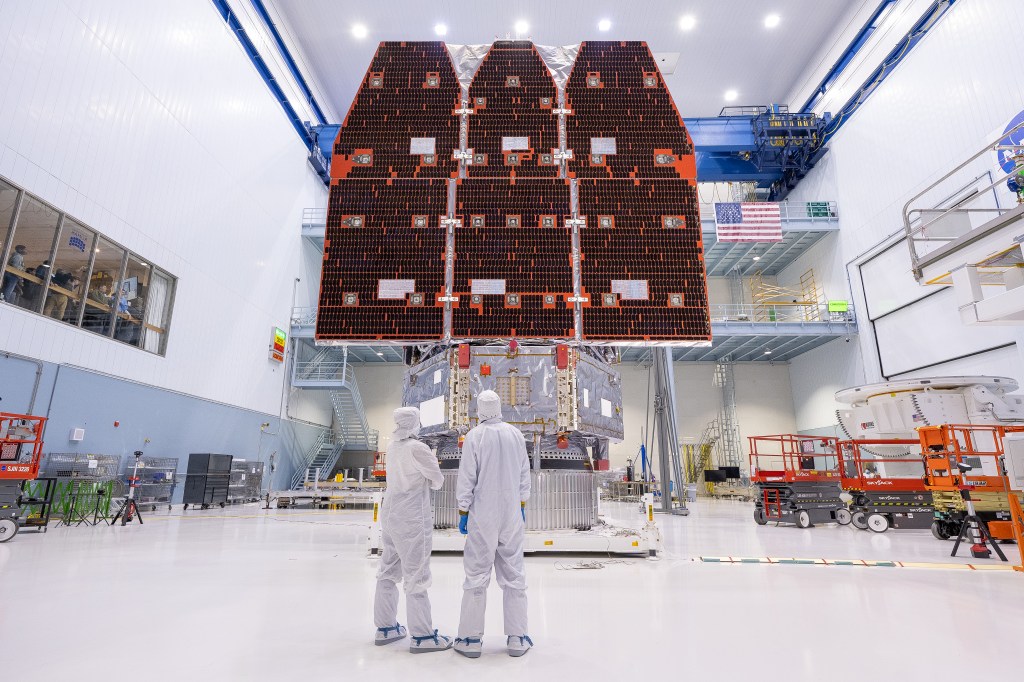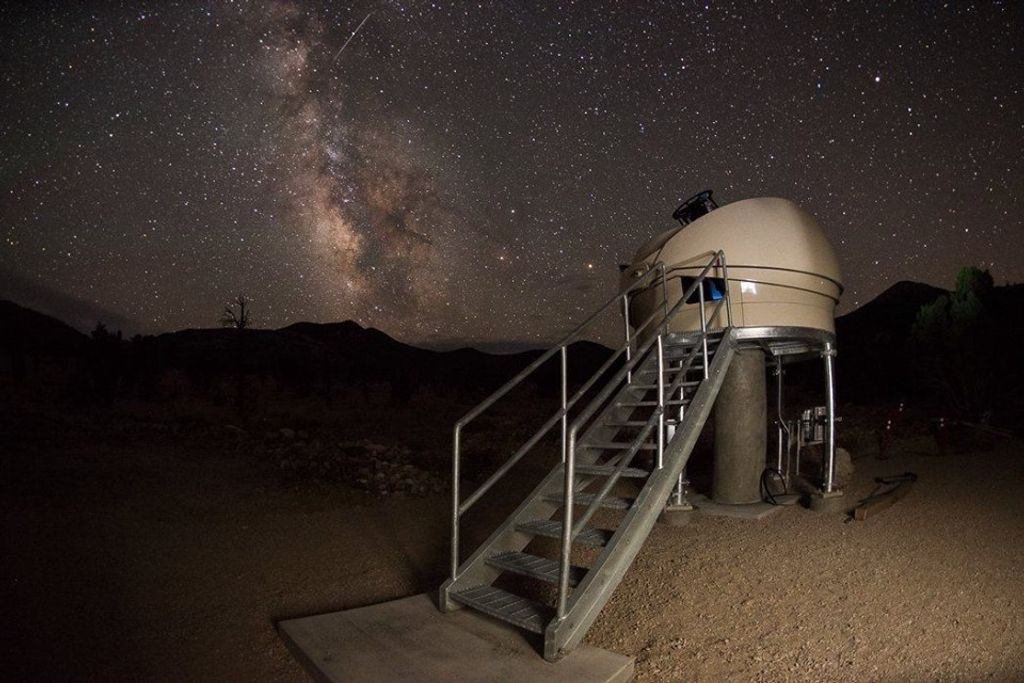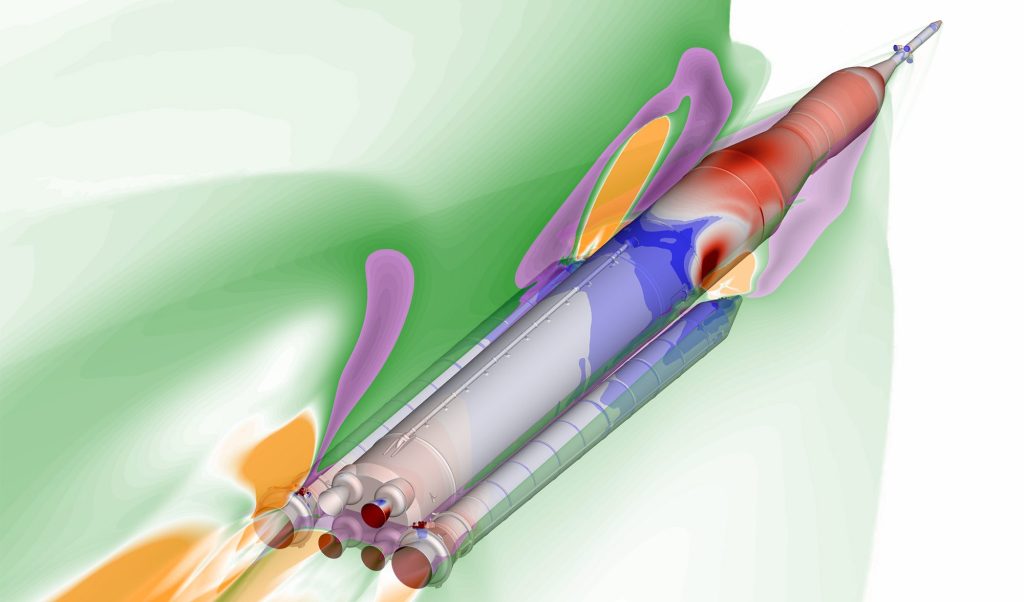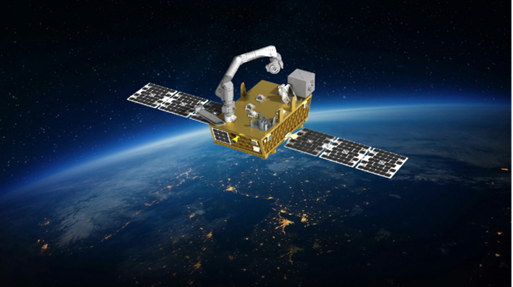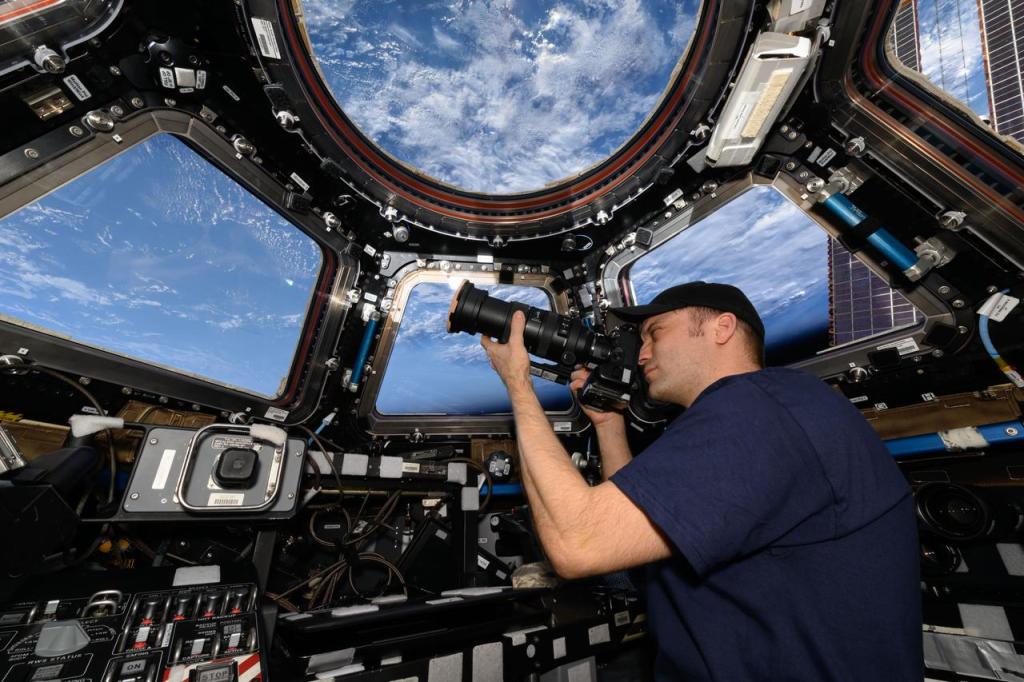Chloe Gunderson
University of Wisconsin-Madison
A variety of space science instrumentation require sub-Kelvin operating temperatures. Consistent and reliable cooling of these instruments is critical in order to ensure top performance in high sensitivity applications. Current refrigerators used to provide sub-Kelvin cooling do not cool continuously, and a substantial amount of magnetic shielding is required to protect the detector from the magnetic fields associated with the cooling devices. Through my research, I plan to work towards the development of a refrigeration system that can provide continuous sub-K cooling to space instrumentation via circulation of a 3He-4He mixture so that the space instrumentation can be located at a greater distance from the magnetic cooler and operate without interruption. Lengthening this distance will reduce the magnetic shielding needed, therefore lowering the weight of the refrigeration system as a whole. The circulation of 3He-4He will also allow sub-K cooling to be distributed over larger areas allowing larger detectors and/or multiple detectors to be cooled with one magnetic cooler. A substantial improvement over current cryogenic systems, this technology will greatly reduce the mass of the refrigeration unit while maintaining reliable continuous cooling of sensitive instruments.
I propose to achieve this continuous cooling through the development of a sub-Kelvin Active Magnetic Regenerative Refrigerator (AMRR). In the AMRR, a Superfluid Magnetic Pump (SMP) will be used to circulate superfluid 3He-4He mixture throughout the rest of the system, which consists of two hot heat exchangers, one cold heat exchanger, and two magnetic regenerators. This circulation provides continuous sub-Kelvin cooling to the instrument. The continuous and non-moving characteristics of the AMRR system directly address the current challenges discussed in TA 8.1.6. That is, they allow for uninterrupted and reliable cooling. Additionally, the magnetic shielding would be reduced compared to the amount needed in current systems because of the distributed cooling. This technology is not just suitable for future space missions involving highly sensitive optics and detectors requiring cryogenic temperatures, it is essential for continuous and dependable data collection.


